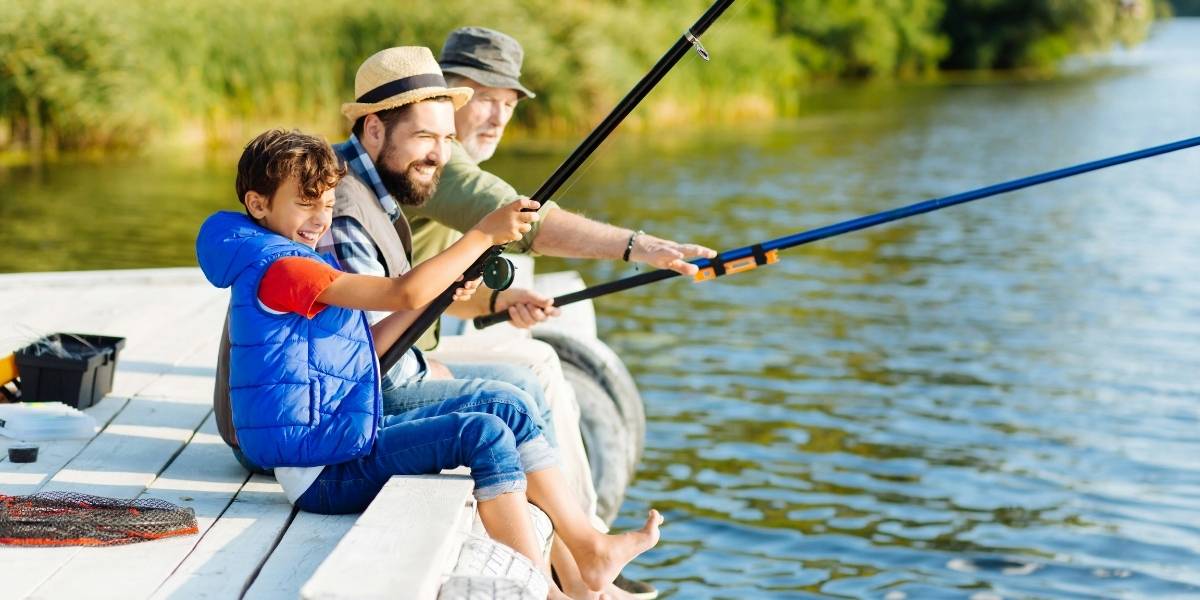The Chesapeake Bay, one of the largest estuaries in the United States, plays a crucial role in the local environment, economy, and culture of the surrounding region. Spanning across parts of Maryland, Virginia, Delaware, and Pennsylvania, this vital ecosystem supports a diverse range of species and contributes significantly to industries such as fishing, tourism, and agriculture. However, over the years, the Bay has faced numerous challenges, including pollution, habitat loss, and overfishing. To address these issues, local communities and organizations have increasingly taken action to protect and restore the Chesapeake Bay, ensuring its sustainability for future generations.
Efforts to conserve the Chesapeake Bay are multifaceted, encompassing everything from pollution reduction and habitat restoration to community engagement and policy advocacy. Local initiatives, combined with state and federal support, have fostered a sense of responsibility among residents, businesses, and environmental groups. By working together, these stakeholders have made incremental progress toward improving the health of the Bay, even as challenges persist.
Read also: Virginia’s Thriving Entrepreneurial Ecosystem: A Hub for Innovation and Growth
Key Environmental Threats Facing the Chesapeake Bay
Several factors have contributed to the degradation of the Chesapeake Bay ecosystem over the past several decades. One of the primary concerns is nutrient pollution, which often comes from agricultural runoff, urban stormwater, and wastewater discharge. Nitrogen and phosphorus from fertilizers and sewage systems promote the growth of harmful algae blooms that block sunlight, leading to “dead zones” in the water where oxygen levels are too low for marine life to thrive.
Another significant issue is habitat loss. The Bay’s wetlands, forests, and submerged aquatic vegetation (SAV) play a critical role in filtering water, providing shelter for wildlife, and supporting biodiversity. However, these habitats have been adversely affected by urban development, shoreline erosion, and pollution, which compromise the ability of these ecosystems to function effectively.
Overfishing, particularly of species like blue crabs and oysters, has also put stress on the Bay’s delicate ecosystem. Historically, oysters served an important ecological role by filtering large volumes of water. However, overfishing, combined with habitat loss, has significantly reduced oyster populations in the Bay, exacerbating water quality issues.
In response to these challenges, a variety of local initiatives have emerged to address the underlying environmental concerns and restore the Bay’s health.
Local Initiatives for Pollution Reduction
One of the most significant aspects of Chesapeake Bay conservation efforts is addressing nutrient pollution. Local communities, farmers, and businesses have increasingly adopted best management practices (BMPs) to reduce nutrient runoff into the Bay’s waters. Many farmers have implemented strategies such as planting cover crops, establishing riparian buffers along streams, and using precision agriculture techniques to minimize fertilizer use. These practices help reduce nutrient runoff and improve soil quality, contributing to cleaner water.
In addition, local governments have invested in upgrading wastewater treatment plants and stormwater management systems to reduce the amount of untreated sewage and polluted runoff entering the Bay. Efforts to retrofit urban areas with rain gardens, permeable pavement, and green roofs also help manage stormwater in a more sustainable way.
Local advocacy groups and environmental organizations have been instrumental in promoting these efforts, often working with municipalities and farmers to implement sustainable practices. Many groups also engage in public education campaigns, raising awareness about the importance of pollution reduction and providing resources for residents to make environmentally friendly choices.
Restoration of Natural Habitats
The restoration of critical habitats is another key focus of conservation efforts around the Chesapeake Bay. Wetlands, tidal forests, and submerged aquatic vegetation provide essential ecosystem services, including water filtration, erosion control, and habitat for fish and wildlife. However, these habitats have been lost or degraded over the years due to development, pollution, and changes in land use.
To address this, local organizations and government agencies have initiated large-scale habitat restoration projects. Wetland restoration efforts involve replanting native vegetation, rebuilding shorelines, and enhancing floodplain areas. The goal is to restore the natural functions of these ecosystems, improve water quality, and provide critical breeding and feeding grounds for fish and other wildlife.
Oyster restoration is another focal point in Chesapeake Bay conservation. The Bay’s oyster population has been severely depleted due to overfishing, disease, and habitat loss. Local efforts to restore oyster reefs involve planting juvenile oysters in select areas and creating artificial reefs to provide them with a suitable environment for growth. These restored reefs help improve water quality by filtering nutrients and also provide habitat for other species.
These restoration initiatives not only benefit the Bay’s ecosystem but also help support local industries such as seafood harvesting and eco-tourism.
Community Involvement and Education
Community involvement has been crucial to the success of Chesapeake Bay conservation efforts. Local residents, community groups, and organizations are often at the forefront of environmental initiatives, from volunteering for cleanup projects to participating in public meetings to advocate for policy changes. Community-based projects such as river and beach cleanups, tree planting initiatives, and wildlife monitoring programs help raise awareness and encourage collective action.
Public education campaigns are another key component of local conservation efforts. These campaigns focus on educating residents about the importance of the Chesapeake Bay, its ecological value, and the individual actions that can be taken to reduce environmental impact. Efforts to encourage sustainable practices, such as reducing fertilizer use, proper disposal of household chemicals, and adopting water conservation techniques, have been critical in fostering a sense of personal responsibility toward the Bay’s health.
Schools and universities in the region also play a vital role in educating future generations about environmental conservation. Many local schools offer programs and activities that allow students to engage with the Bay’s ecosystems, from field trips to hands-on projects like water sampling and habitat restoration.
Collaborative Partnerships for Long-Term Success
Conservation of the Chesapeake Bay ecosystem requires collaboration among local, state, and federal entities. Government agencies such as the Chesapeake Bay Program, a regional partnership between the U.S. Environmental Protection Agency (EPA) and state governments, coordinate efforts to restore the Bay’s health. These partnerships work together to set goals, track progress, and implement policies that address the various environmental challenges facing the region.
Local conservation groups and nonprofit organizations also play a key role in supporting these efforts by advocating for policy changes, securing funding for restoration projects, and engaging the public in environmental initiatives. These partnerships have resulted in significant progress in improving the health of the Bay, although challenges remain.
As environmental pressures, such as climate change and population growth, continue to pose risks to the Bay, maintaining these collaborative partnerships will be essential for long-term success. Ongoing investments in research, monitoring, and adaptive management are necessary to address emerging issues and ensure that conservation efforts remain effective.
Read also: AI in Disaster Management: Predicting and Mitigating Natural Disasters
The Road Ahead: Ensuring a Sustainable Future
The protection and restoration of the Chesapeake Bay ecosystem is an ongoing challenge, but the dedication of local communities and the broader conservation network has shown promising results. As conservation efforts continue to evolve, the collective action of residents, businesses, and organizations will be crucial in safeguarding the Bay’s future.
The importance of maintaining the Chesapeake Bay’s ecological health cannot be overstated. As a vital resource for both the environment and the people who depend on it, the Bay’s conservation requires sustained effort, collaboration, and commitment. The involvement of local communities in these efforts is key to ensuring that the Chesapeake Bay remains a thriving ecosystem for generations to come.
Through continued education, innovation, and policy advocacy, there is potential for meaningful progress in protecting this invaluable resource. While challenges remain, the collaborative spirit and ongoing investment in the Bay’s health provide a foundation for a sustainable future. By working together, locals, organizations, and government agencies can continue to build on the strides made in Chesapeake Bay conservation and work toward ensuring a healthy, resilient Bay for the future.








